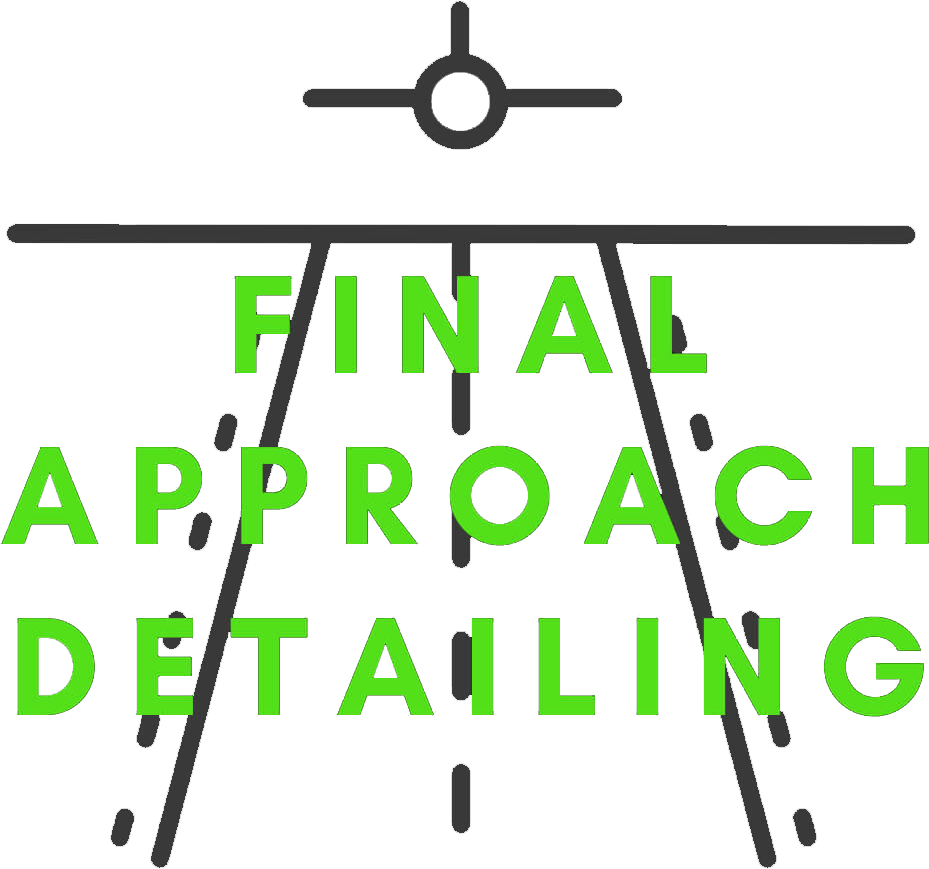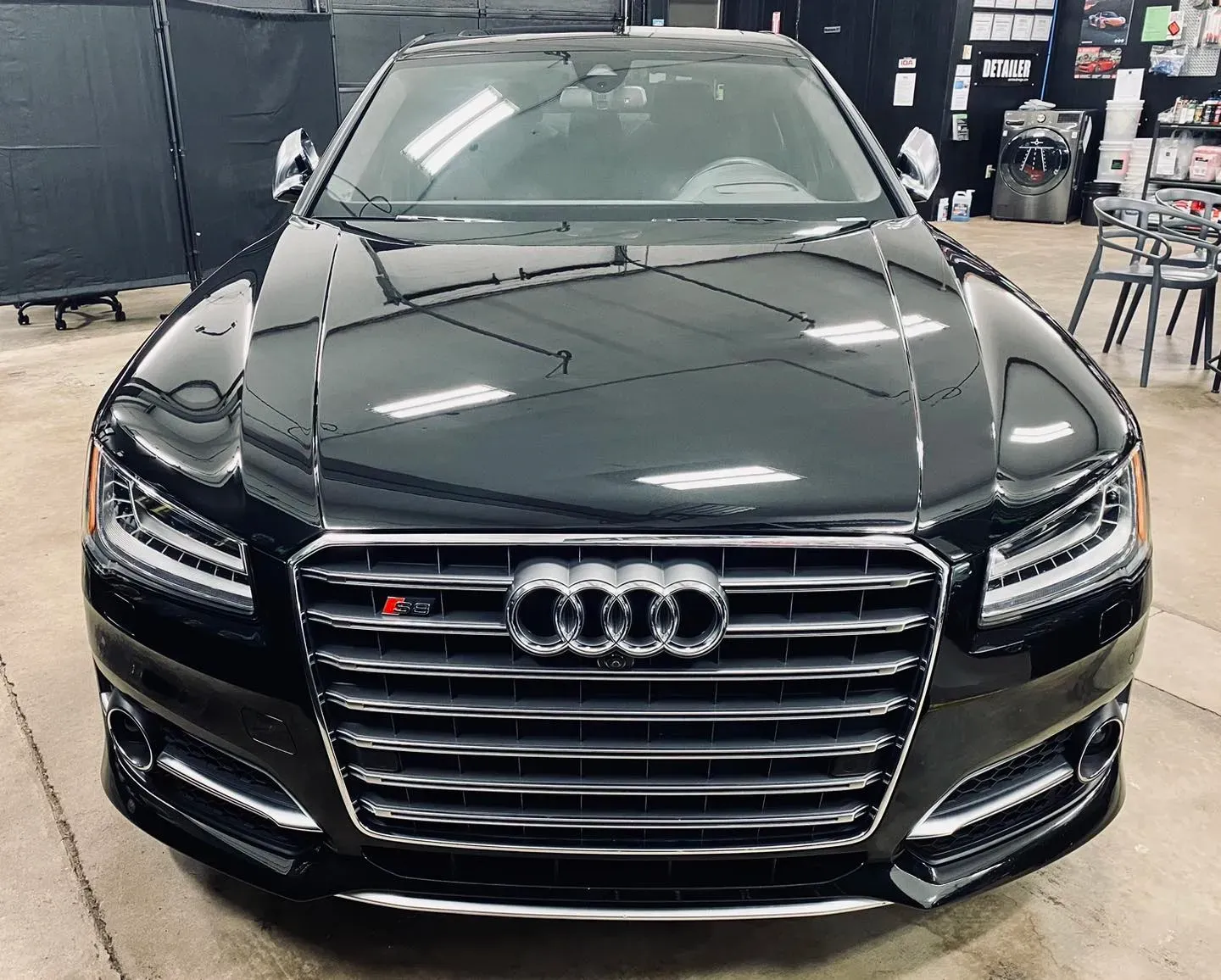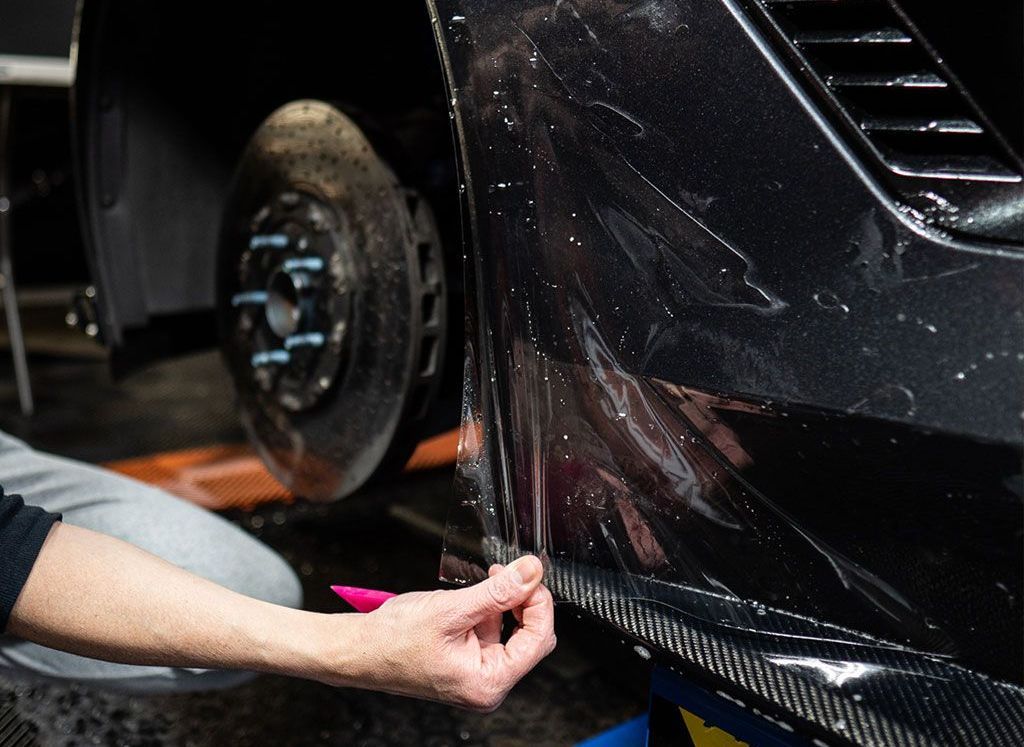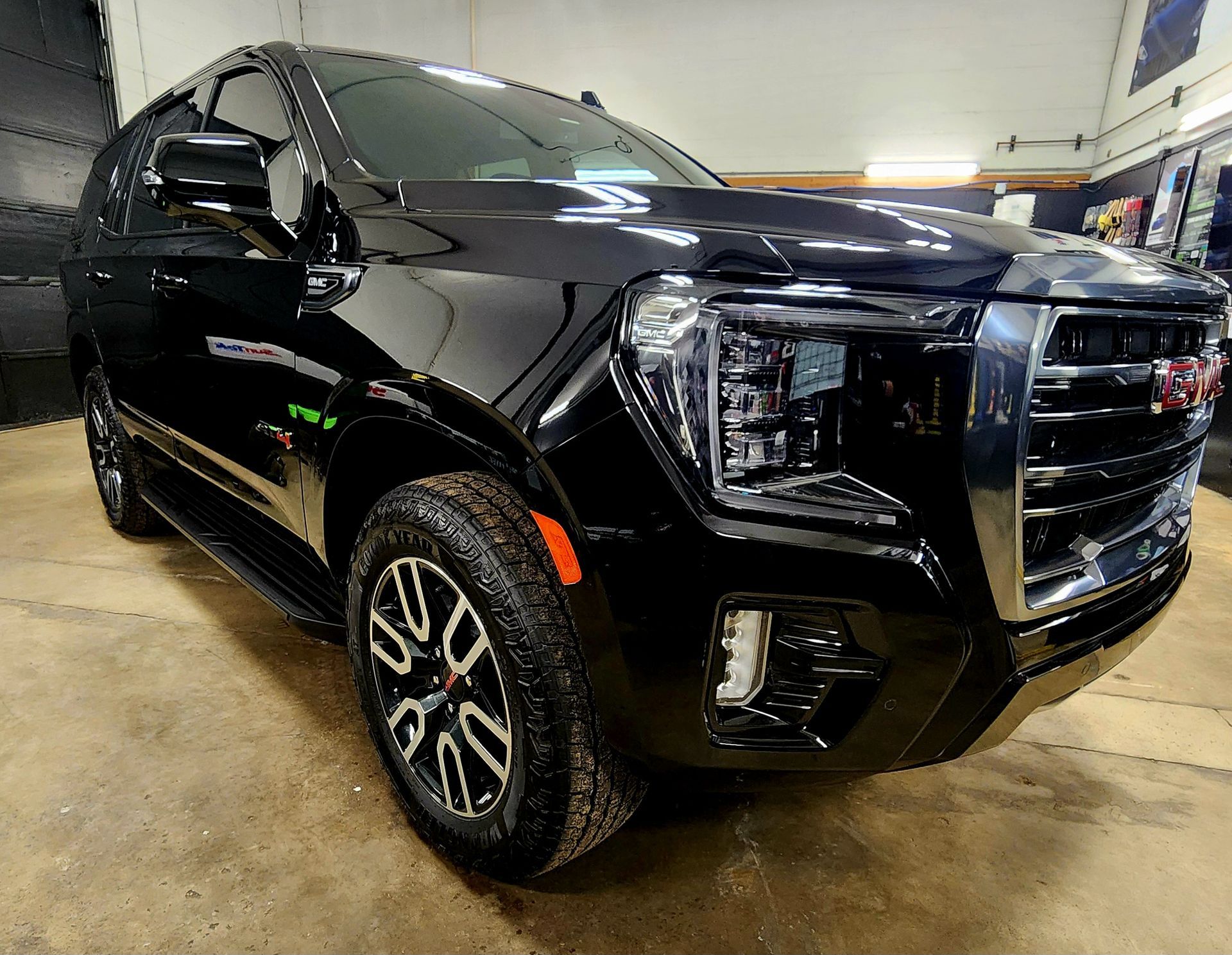Ceramic Coating Application Process: A Step-by-Step Guide
If you’ve ever admired a car with a shiny showroom finish and wondered how to achieve that look for your own vehicle, ceramic coating might just be the answer. This protective layer not only enhances your car's appearance but also shields it from the harsh realities of daily driving, like dirt, grime, and even bird droppings. Although the thought of applying ceramic coating may initially seem daunting, if you approach the process step by step, it becomes quite simple.
The step-by-step process for applying ceramic coating includes: first, thoroughly cleaning the car to remove dirt and grime; then using a clay bar treatment to eliminate embedded contaminants; next, polishing the paintwork for enhanced gloss; following that, applying the ceramic coating in small sections; allowing adequate drying time; buffing out any excess residue; repeating for full coverage; and finally, letting it cure by preventing water contact for 24-48 hours afterward. This meticulous procedure ensures optimal protection and a glossy finish for your vehicle’s exterior.
Preparing Your Vehicle for Ceramic Coating
Preparation is crucial to ensuring the longevity and effectiveness of ceramic coatings. Start by parking your vehicle in a shaded, well-ventilated area, which helps prevent direct sunlight from causing the cleaning substances to dry too quickly. This step is essential because working in extreme heat can lead to suboptimal results in adhesion and performance.
Clear Personal Items and Covers
Once you’ve found the ideal location, it's time to turn your attention to the interior of your vehicle. Remove any personal items from the inside. Whether it’s your phone charger, sunglasses, or gym bag, having a clean slate helps avoid distractions during the process.
Additionally, taking out these items ensures that they don’t get damaged during detailing or coating application.
Don’t forget about the exterior! You should also clear away any debris from the outside. This could be dirt, leaves, or anything else that doesn't belong on the surface. A quick walk around your car will help you identify any unwanted items before you start working.
Moreover, using a cover or tarp to protect areas you won’t be applying the ceramic coating to is an excellent practice that prevents unintended damage not only during preparation but also throughout the entire service period.
Thorough preparation ensures the surface is free from contaminants that could interfere with the ceramic bonding process. This level of detail might feel tedious, but it's pivotal to achieving that glass-like finish everyone dreams of.
You are ready for one of the most important steps: cleaning the car quickly and easily after you have removed everything and secured any weak spots. This sets the foundation for how well the ceramic coating bonds with your car's paint surface—a clean surface means enhanced durability and aesthetic appeal down the line.
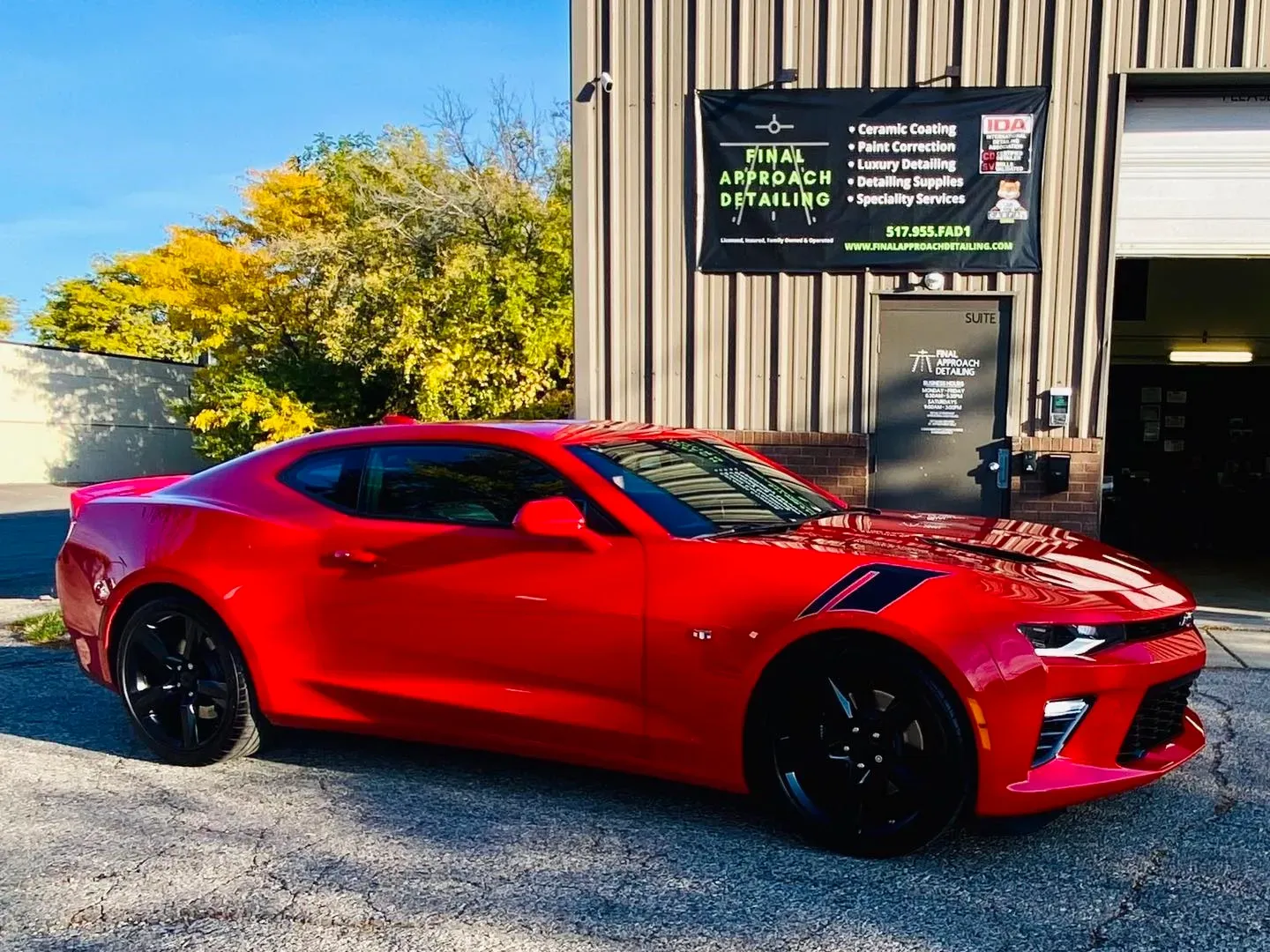
Cleaning and Purification Steps
When applying ceramic coatings, a clean surface is crucial. The thoroughness of your preparation directly impacts how well the coating adheres and ultimately how long it lasts.
Starting with a thorough wash, use a high-quality car shampoo that effectively cuts through dirt and grime. It's best to wash your vehicle in straight lines rather than circular motions to prevent swirling. Pay particular attention to the lower panels; these areas often collect more debris because they are more exposed to road conditions.
Once the wash is complete, the next critical step is the iron remover application. This product dissolves iron particles that can become embedded in your vehicle’s paint—particles that regular soap can't touch.
When applying the iron remover, follow the instructions: typically, spray it on generously and let it sit for several minutes to break down any residue. Afterward, rinse thoroughly; there should be no visible iron particles left behind. Ensuring cleanliness creates an optimal canvas for the subsequent steps.
After rinsing off the iron remover, bring out the clay bar treatment—a secret weapon in achieving a pristine finish. Clay bars are designed to extract remaining contaminants like tree sap, tar, or leftover dirt from the vehicle’s surface.
It’s crucial to ensure the clay bar glides across lubricated surfaces; using a dedicated lubricant or water prevents any marring of your paintwork. As you work with the clay bar, you'll feel it picking up contaminants; if it drags or sticks, simply apply more lubrication.
Each of these steps contributes to creating an ultra-smooth base that enhances the appearance of your vehicle and prepares it perfectly for polishing—a crucial last step before applying the ceramic coating itself. Using the right products at each stage is vital; investing in high-quality materials pays dividends in protection and longevity once your ceramic coating is applied.
With a clean and purified surface poised for enhancement, let’s explore how fine-tuning through polishing can elevate your finish before adding that protective layer.
Polishing for Optimal Surface
Polishing is an essential part of preparing your vehicle for a ceramic coating. It enhances the paint's appearance and minimizes imperfections before application. Think of polishing as a way to create a smooth canvas where the ceramic coating can adhere effectively for long-lasting protection.
Dual-Action Polisher
One of the best tools for this task is a dual-action polisher. This versatile machine strikes a perfect balance between power and safety, making it user-friendly for both professionals and DIY enthusiasts. When using this tool, it's important to choose a polishing compound that specifically contains swirl remover properties, which helps eliminate light scratches and enhances gloss without risking excessive damage to the paint.
By using varying speed settings on the dual-action polisher, you can effectively tackle different types of imperfections—lower speeds are ideal for light swirls, while higher speeds work better for deeper defects. As thrilling as it may be to increase the polisher's revolutions, exercise caution; maintaining control is paramount in preserving your vehicle's finish.
Wipe Down
After achieving that perfect polish, it’s time for a crucial yet often overlooked step: the wipedown. Use isopropyl alcohol (IPA) diluted in water to meticulously cleanse any oils or remnants left on the paint surface after polishing. This step is fundamental because lingering residue can hinder the ceramic coating's adhesion, resulting in subpar protection.
Applying IPA gently with a clean microfiber cloth allows you to achieve a pristine finish without inducing scratches. It's like giving your freshly polished car one last hug before the real commitment—the ceramic coat—comes into play.
Having carefully prepared your vehicle, you're now positioned to begin the application of your ceramic coating, ensuring optimal protection and aesthetic appeal for your automobile.
Applying the Ceramic Coating
This step is where the magic unfolds. You've polished the surface to perfection, and now you're ready to create a protective shield that enhances the car's aesthetics while safeguarding it from environmental challenges. The procedure is quite methodical, as meticulousness is crucial for achieving a flawless finish.
Step I: Panel-by-Panel Approach
Begin by breaking down your vehicle into manageable sections. Think of it like an artist painting a masterpiece: cautious, detailed strokes lead to a breathtaking outcome. By applying ceramic coating panel-by-panel, you'll ensure that every part receives equal attention while preventing the coating from drying too quickly before you can buff it off.
It’s key to start with one section at a time—for instance, you could begin with the driver’s side door, followed by the rear quarter panel, and so forth. This way, you can maintain control over the application and keep track of your progress.
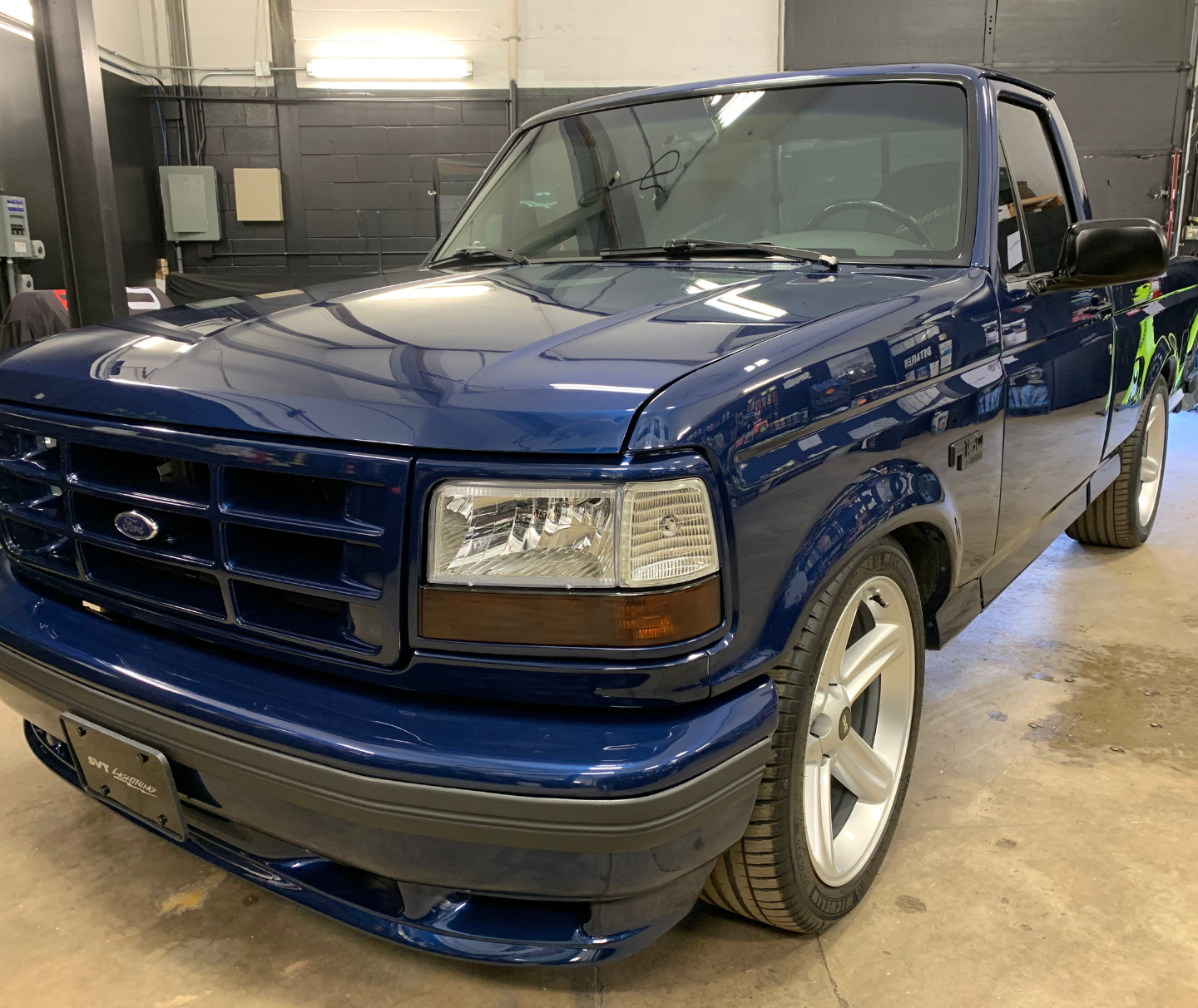
Step II: Use the Applicator Pad
Now that you've established your workflow, grab a microfiber applicator pad. This is your tool for applying the ceramic coating effectively.
Apply the coating using cross-hatch patterns—first horizontally, then vertically—as this technique guarantees even coverage across all surfaces. Remember to use light but consistent pressure during application; too much force can disturb your perfect polish underneath. This method serves not only to cover efficiently but also ensures that no spot is overlooked. Your goal here is not only protection but also creating that glossy finish everyone dreams of!
Step III: Buffing Off
After you've given each applied section its moment to set—typically just a few minutes based on product specifications—it's now time for buffing off. Grab yourself a fresh microfiber towel, which should be clean and dry.
As you take the towel and gently buff away any excess product, check carefully for "high spots," which occur when more coating has pooled in certain areas. If they’re left unchecked, these can dry unevenly and detract from the overall appearance. By ensuring a thorough buffing process, you'll enhance both visual appeal and functional quality.
Once each panel is finished, it's essential to understand the tools and products that will help further elevate and maintain this transformative process.
Essential Products and Tools
When it comes to applying a ceramic coating to your vehicle, having the appropriate tools isn't just about convenience; it's a necessity. Investing in high-quality products can greatly influence the final outcome of your detailing project, ensuring the protection lasts while enhancing the car's appearance. Let's break down some key items you'll need for a successful application:
Car Shampoo: Opt for a pH-neutral formula that won't strip any existing wax or sealants from your paint. A thorough handwash sets the stage for everything else.
Iron Remover: Consider popular choices, such as CarPro Iron X, to effectively eliminate embedded contaminants like brake dust before polishing.
Clay Bar: A medium-grade clay bar will help remove stubborn particles left on the surface, providing a clean slate for your ceramic coating.
Polishing Compound: Polishing compounds are excellent for restoring gloss by removing minor imperfections and enhancing shine.
Dual-action Polisher: Dual-action polisher allows for the even application of polishing compounds without risking damage to your paintwork.
Application Pads: Soft, lint-free microfiber or foam pads are perfect for applying your ceramic coating evenly and preventing any scratches.
Ceramic Coating: High-quality coatings like Gtechniq Crystal Serum or CarPro CQuartz provide excellent durability and hydrophobic properties.
Microfiber Towels: Using plush, non-abrasive, edgeless towels ensures that you buff away any residue without introducing new scratches.
Safety Gear: Always wear gloves and a mask when handling products to protect against fumes and chemical irritation.
Isopropyl Alcohol: A final wipe-down with isopropyl alcohol helps to ensure that all contaminants are removed before applying the coating.
Each of these tools plays a critical role in crafting a flawless ceramic coating application, with every detail contributing to the overall excellence of the finish.
By approaching this process with patience and attention to detail, you'll not only see an aesthetic improvement but also prolong the life of your vehicle's exterior against various environmental factors. Believe me when I say that cutting corners on product quality will only lead to headaches later—whether that's through uneven application or reduced longevity of the protective layer.
Remember, meticulous preparation and using top-notch products will yield impressive results and make you proud of your vehicle's appearance long after you've completed the job.
Final Words
For those who may require assistance with application, professional services like Final Approach Detailing bring expertise and guaranteed results to the table.
In summary, opting for a ceramic coating not only enhances your vehicle's protection but also ensures long-lasting durability and increased resale value. If you're ready to upgrade your vehicle's appearance and protection, consider reaching out for professional assistance at Final Approach Detailing or call us at (517) 399-3231 for more information!
